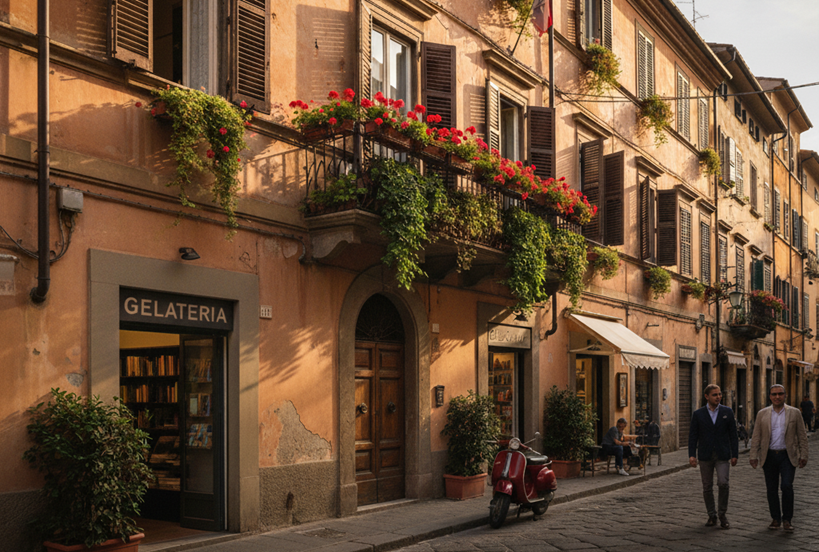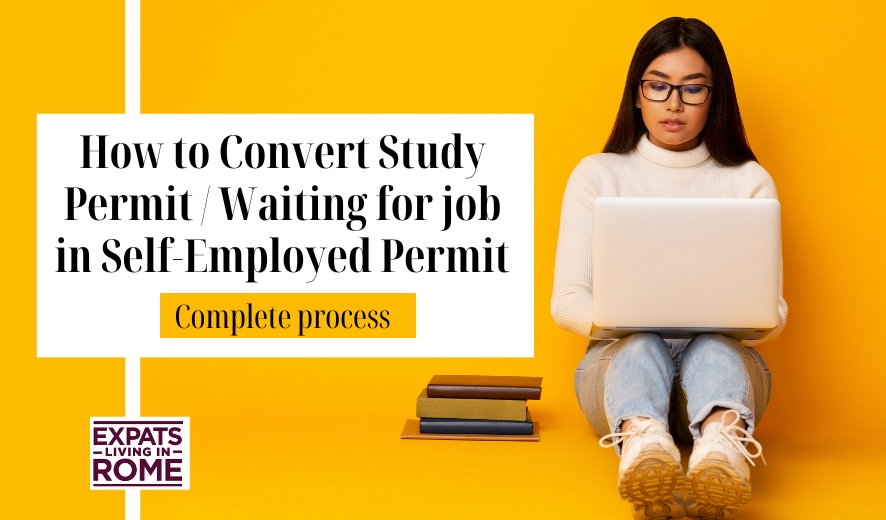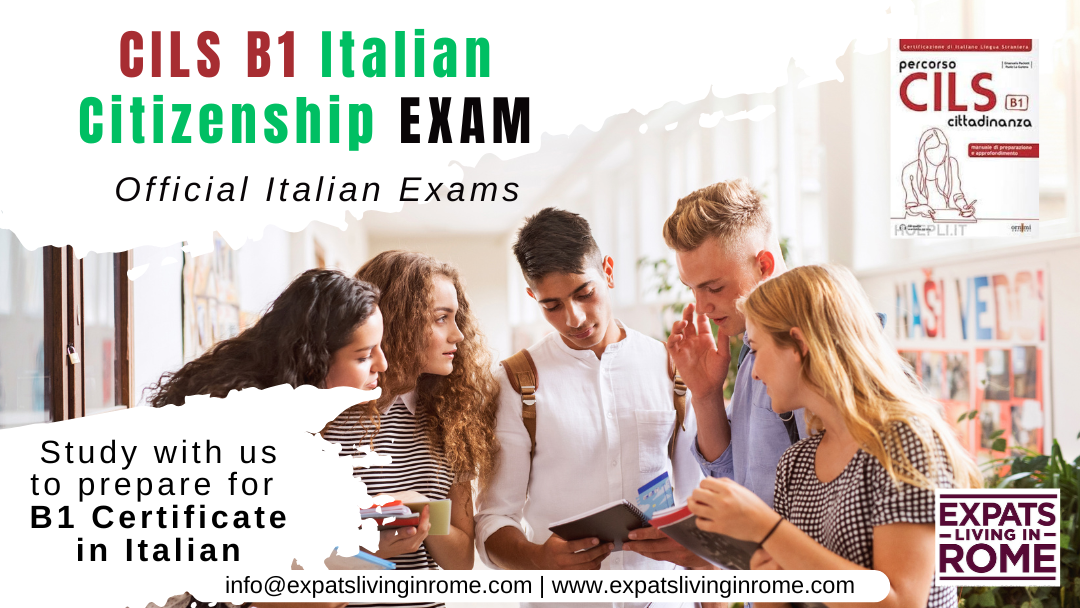How to Move to Italy: A Step-by-Step Guide
by Adriana ruiz
If you’re considering relocating to Italy, there are several pathways to obtaining residency, depending on your circumstances and goals. Below is a step-by-step guide to help you navigate the process.
Step 1: Determine Your Pathway to Residency
The first step in moving to Italy is identifying the most suitable visa or permit for your situation. Here are some common options:
∙ Student Visa: If you plan to study in Italy, this is a straightforward option. A student visa allows you to stay in Italy for the duration of your studies. Contact us if you wish to obtain a student visa through Italian language courses.
∙ Investment Visa: For those with financial resources, the investment visa provides a pathway to residency through significant economic investment in Italy. Find detailed information on Italy’s Investor Visa.
∙ Elective Residency Visa: Ideal for retirees or those with independent income, this visa allows you to reside in Italy without the need to work. Explore the elective residency visa (ERV) here.
∙ Switching from Student Permit to Self-Employed Permit: If you’re already in Italy on a student visa, you can transition to a self-employed permit. Discover the steps to make this switch.
∙ Digital Nomad Visa: Italy has introduced a residence permit for non-EU digital nomads, allowing highly skilled remote workers to live and work in Italy. Click here to learn more.
∙ Jure Sanguinis (Citizenship by Descent): If you have Italian ancestry, you may be eligible for citizenship through jure sanguinis, one of the most direct paths to becoming an Italian citizen. Learn about the process here.
∙ Residency for Unmarried Partners: If your partner is an EU citizen, you may qualify for residency, allowing you to live and work in Italy. Get the details on this process here.
∙ Work Visa: A work visa allows a non-EU citizen to legally reside and work in Italy. General requirements include a valid job offer from an Italian employer and a work permit obtained by the employer. Specific requirements and procedures can vary based on your nationality and the type of work visa you’re applying for.
Step 2: Gather the Necessary Documentation
Once you’ve chosen your pathway, the next step is to gather the required documentation. While the specific documents vary depending on the visa or permit, here’s a general list of what you might need:
∙ Valid Passport: Ensure your passport is up to date and has at least six months of validity.
∙ Visa Application Form: Complete the relevant application form for your visa type.
∙ Proof of Financial Means: Provide documentation proving you can support yourself financially in Italy.
∙ Health Insurance: Show proof of comprehensive health insurance coverage.
∙ Accommodation Details: Provide documentation showing where you will reside in Italy (e.g., lease agreement, property ownership).
∙ Criminal Background Check: Submit a police clearance certificate from your home country.
∙ Additional Documents: Depending on your visa type, you may need to provide specific documents such as enrollment confirmation for a student visa, proof of investment for an investment visa, or language proficiency certificates.
Step 3: Submit Your Visa Application
With your documents in hand, submit your visa application to the Italian consulate or embassy in your home country. Make sure to:
∙ Schedule an appointment well in advance.
∙ Pay the applicable visa fee.
∙ Attend the appointment with all required documents.
∙ Check the specific requirements and processing times for your visa type to avoid any delays.
Step 4: Relocate to Italy
Once your visa is approved, it’s time to make the move. Book your travel, secure accommodation, and plan the logistics of moving your belongings. If you have pets, ensure they meet the requirements to enter Italy.
Step 5: Apply for a Permesso di Soggiorno
Upon arrival in Italy, you’ll need to follow these procedures:
∙ Obtain a Codice Fiscale: This is your Italian tax code, necessary for various administrative tasks. Find out how to obtain your codice fiscale and where to get it depending on your type of residency permit.
∙ Register with the Comune: This involves registering your residence with the local city hall (Comune).
∙ Apply for a Permesso di Soggiorno: You must apply for a Permesso di Soggiorno (residence permit) within eight days of arriving in Italy. This permit is essential for legally staying in Italy long-term. The application process varies depending on your visa type and reason for staying.
Note: The specific requirements and timelines for Step 5 may vary depending on your individual circumstances. It’s advisable to consult with local immigration authorities or a legal professional for the most accurate and up-to-date information.
Step 6: Enjoy Your New Life in Italy!
With all the formalities completed, you can now immerse yourself in the Italian lifestyle. Whether you’re here to study, work, or retire, Italy offers a wealth of opportunities to enjoy la dolce vita. Read our blog about how to make friends in Italy.
For assistance, please contact us at [email protected].

Single Female Travelers in Italy: Practical, confident, and connected
Rome rewards curiosity and courage. This guide offers grounded tips, cultural insight, and community support so you can explore with confidence—day and night, solo and on your own terms. Start with confidence “Solo doesn’t mean alone.” In Rome, you’ll find friendly locals, layered history, and a vibrant expat network. A little preparation goes a long […]

Christmas in Italy 2025: A Magical Season for Expats Across Italy
Christmas in Italy isn’t just a holiday — it’s a season full of history, flavor, celebration, and heartfelt traditions that bring families, towns, and entire regions to life. Whether you’re an expat experiencing your first Italian Christmas or a returning fan of the magic, 2025 promises some beautiful celebrations across the country. Here’s what to […]

Tax Residency Incentives in Italy — Your Guide (2025)
Italy offers several tax incentives designed to attract retirees, entrepreneurs, high-net-worth individuals and remote workers. These regimes can be extremely generous — but they are complex and often conditional. This guide explains the main options in 2025, who qualifies, and how we can help you plan a compliant move. Why Italy Offers Tax Incentives Italy […]

Navigating Healthcare in Rome: A Guide for Expats with English-Speaking Doctors
Moving abroad is exciting, that is until real life hits. I came to Italy from Alaska in 2021 for what was supposed to be a four-month study program in Florence. Four years later, I’m still here, now living and working in Rome. When we plan our dolce vita, we think about pasta, museums filled […]

Major Tax Incentives for Home Renovation in Italy (2024-2033)
Taxpayers carrying out renovation work on residential buildings and common areas of residential complexes in Italy are entitled to claim significant tax relief. This benefit allows individuals to deduct a portion of the expenses incurred from their Italian personal income tax (Irpef). This article outlines the rules, beneficiaries, and changing deduction rates for these home […]

How to Save on Taxes When Buying Your First Home in Italy
Buying a first home in Italy comes with significant tax benefits and incentives designed to make property ownership more accessible. Whether you are an Italian national or a foreigner, understanding these advantages can translate into substantial savings on your property purchase. The “Prima Casa” regime is essentially a set of tax reliefs applicable to the […]

Bringing Your Family to Italy: A Guide for Non-EU Citizens
For non-EU citizens residing in Italy, having your family with you is a tangible goal. Italian law provides a framework for family reunification, allowing you to bring close relatives to live with you under specific conditions. This guide outlines the key requirements, procedures, and rights to help you navigate the process. Who Can Apply for […]

How to Become a Self-Employed Worker in Italy
Are you a non-EU citizen wishing to work as a self-employed worker in Italy? This guide explains the conditions you must meet, the procedures to follow, and the rights you can enjoy during your stay. Conditions for Self-Employment To legally engage in independent work in Italy, non-EU citizens must satisfy several conditions and obtain the […]







